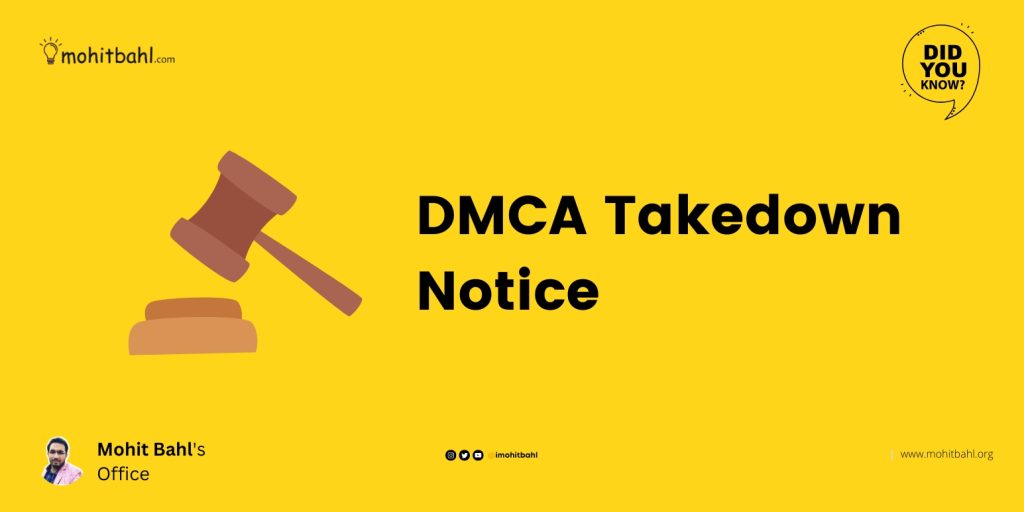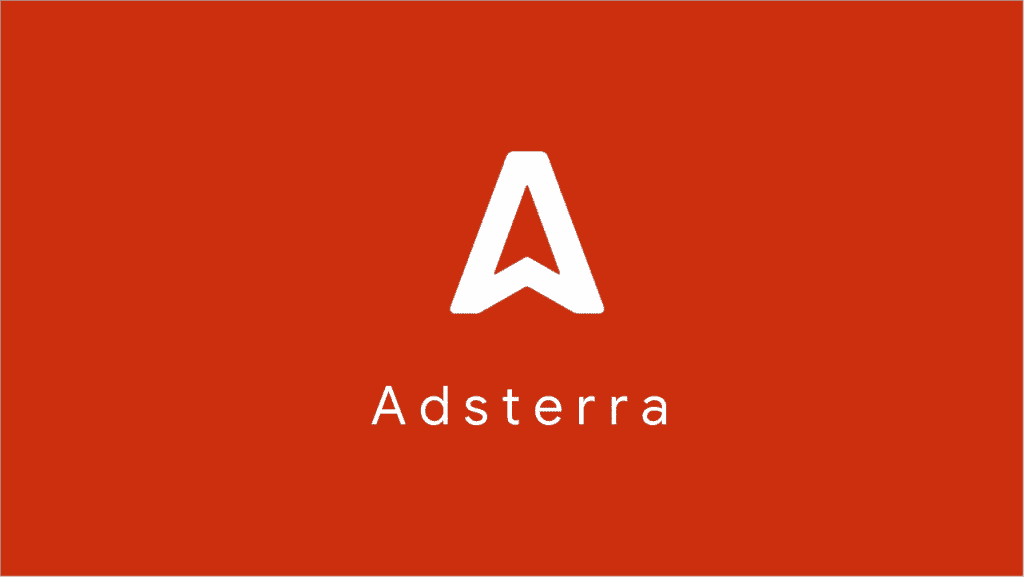The Digital Millennium Copyright Act (DMCA) is a US copyright law that was enacted in 1998. The purpose of the DMCA is to address copyright infringement in the digital age, by providing a legal framework for the protection of digital content and the rights of copyright holders.
The DMCA includes several key provisions, including safe harbor provisions that protect online service providers from liability for copyright infringement by their users if they comply with certain rules and procedures, such as responding to takedown requests and implementing a repeat infringer policy.
The law also criminalizes certain acts of copyright infringement, such as circumventing technological measures used to protect copyrighted works and provides for civil remedies for copyright infringement.
Overall, the DMCA aims to strike a balance between protecting the rights of copyright owners and promoting innovation and free expression in the digital environment.
What is DMCA Takedown Notice?
A DMCA takedown notice is a formal legal notice that requests the removal of content that is alleged to infringe on a copyright holder’s rights. The notice is filed under the Digital Millennium Copyright Act (DMCA) and is typically sent to the website or online service provider where the infringing content is being hosted.
The DMCA takedown notice typically includes information such as the identity of the copyright owner, a description of the copyrighted material being infringed, the location of the infringing material (such as a URL or specific page on a website), and a statement that the information in the notice is accurate and under penalty of perjury that the sender is authorized to act on behalf of the copyright owner.
The website or online service provider that receives a DMCA takedown notice is required to promptly remove or disable access to the infringing material, or risk being held liable for copyright infringement.
The service provider may also notify the user who posted the infringing material and allow them to file a counter-notification if they believe that the material was removed in error.
A DMCA takedown notice typically contains the following information:
- Identification of the copyrighted work that is being infringed upon;
- Identification of the infringing material, including its location on the internet;
- Contact information for the copyright owner or their authorized representative;
- A statement that the complainant has a good faith belief that the use of the material in the manner complained of is not authorized by the copyright owner, its agent, or the law;
- A statement that the information in the notification is accurate, and under penalty of perjury, that the complainant is authorized to act on behalf of the owner of the exclusive right that is allegedly infringed.
How to File a DMCA takedown Notice? (Stepwise)
To file a DMCA takedown notice, you should follow these steps:
- Identify the copyrighted material that you want to have removed. You must be the owner of the copyrighted material or have been authorized to act on behalf of the owner.
- Locate the contact information of the website or service provider where the infringing material is being hosted. This information is usually available on the website’s “Contact Us” page or in their terms of service.
- Draft a formal DMCA takedown notice. Your DMCA takedown notice should include:
- A statement that you are the owner of the copyrighted material or authorized to act on behalf of the owner.
- A description of the copyrighted material that you claim has been infringed, including the location of the infringing material (e.g. URL or specific page on the website).
- Your contact information, including your name, address, phone number, and email address.
- A statement that you have a good faith belief that the use of the copyrighted material is not authorized by the copyright owner, its agent, or the law.
- A statement that the information in the notification is accurate, and under penalty of perjury, that you are authorized to act on behalf of the copyright owner.
- Your electronic or physical signature.
- Submit your DMCA takedown notice to the website or service provider’s designated agent. The contact information for the designated agent should be included in their terms of service or on their website.
- Wait for a response. The website or service provider may remove the infringing material, request additional information from you, or challenge your claim.
It’s important to note that filing a false DMCA takedown notice can have legal consequences. Therefore, ensure that you have a good faith belief that your copyright has been infringed and that you have the legal right to request the removal of the material before filing a DMCA takedown notice.






